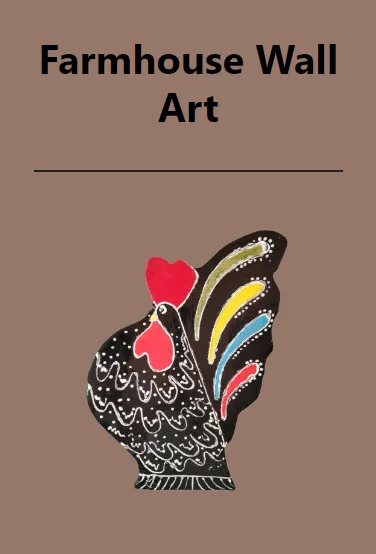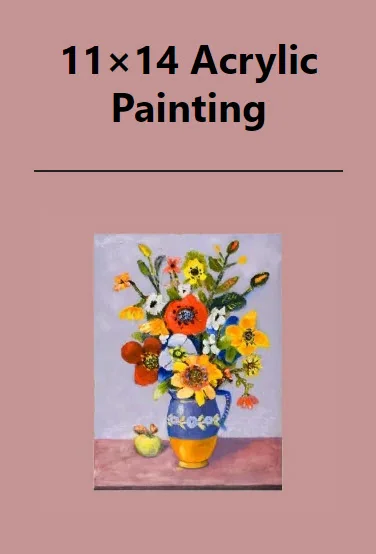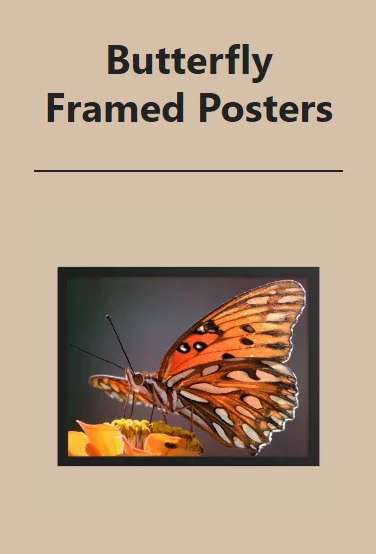Karita Coffey, born in 1947, is a Native American artist who creates ceramic sculptures that reference traditional indigenous objects. Karita Coffey is well-known for producing ceramic replicas and sculptures that reference traditional indigenous artifacts and designs. Karita supports Native artists by teaching ceramics in the state of New Mexico.
My Insights As a Ceramic Artist Into Karita’s Artwork
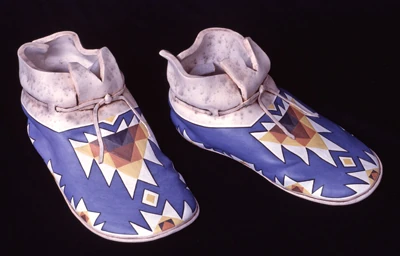
As a ceramic artist with over three and a half decades molding clay into stories, I’ve seen my fair share of eccentric and unconventional pieces. But Karita Coffey’s ceramic moccasins? They’re a class apart, and here’s why.
You see, moccasins aren’t just footwear; they’re a stitch in the fabric of Native American life, carrying tales of the earth trodden and the journeys embarked upon. In Coffey’s hands, these clay renditions become more than just replicas, they’re a dialogue with history. They speak of the Comanche’s travels, their dances, their battles, and their artistry.
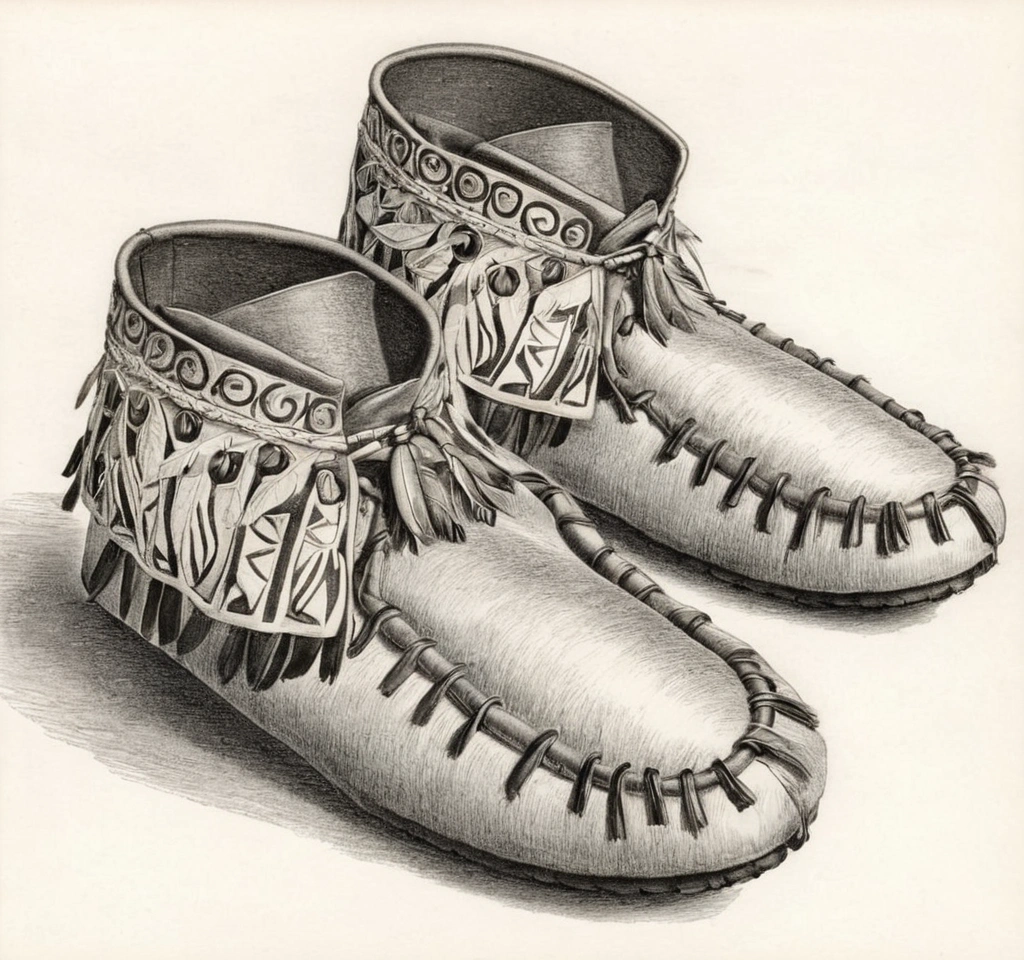
“Think about what moccasins represent, protection, adaptability, the comfort of the journey, these aren’t just practicalities; they’re the essence of a culture. And when you look at Coffey’s work, you realize she’s not just replicating an object. No, I say, she’s crystallizing a legacy. The snugness of a moccasin reflects how closely we hold our traditions; the ease with which they fit different feet speaks to the inclusive embrace of community.“
Ed Shears
And while you can’t slip your feet into these ceramic shoes, you’ll find they fit snugly into your consciousness, molding to your perception just as they would to your soles. Coffey isn’t making footwear; she’s crafting the ceramic equivalent of a warm, familiar narrative that walks you through history, culture, and art.
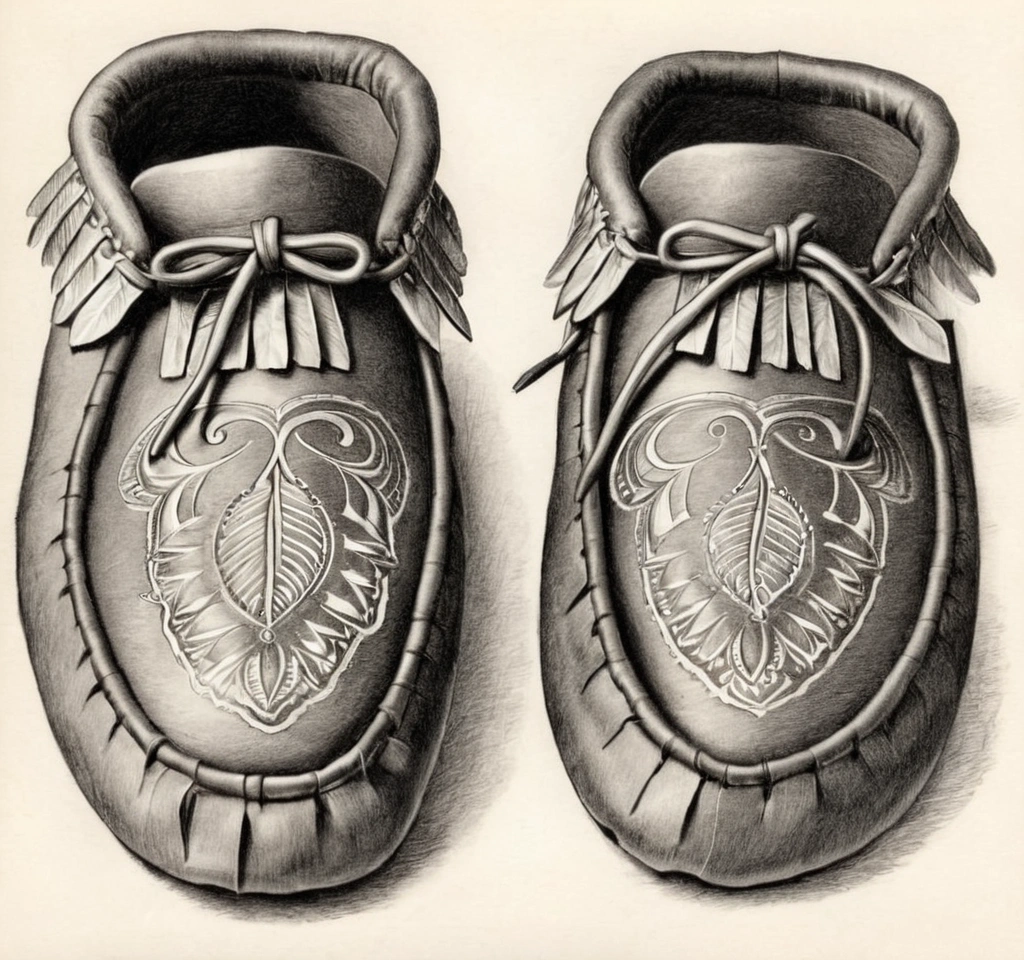
So, when you come across these ceramic moccasins, don’t just see them as odd or out of place. See them as a testament, a testament to the journeys we all take, to the art that carries us, and to the stories we all wear. As an artist, I tip my hat to Coffey. She’s got good hands, indeed. She sculpts with the same care a Comanche artisan would craft a pair of moccasins, each with a story to tell and a journey to embark upon.
Comparing and Contrasting Karita Coffey’s Ceramic Moccasins with Traditional Native American Pottery
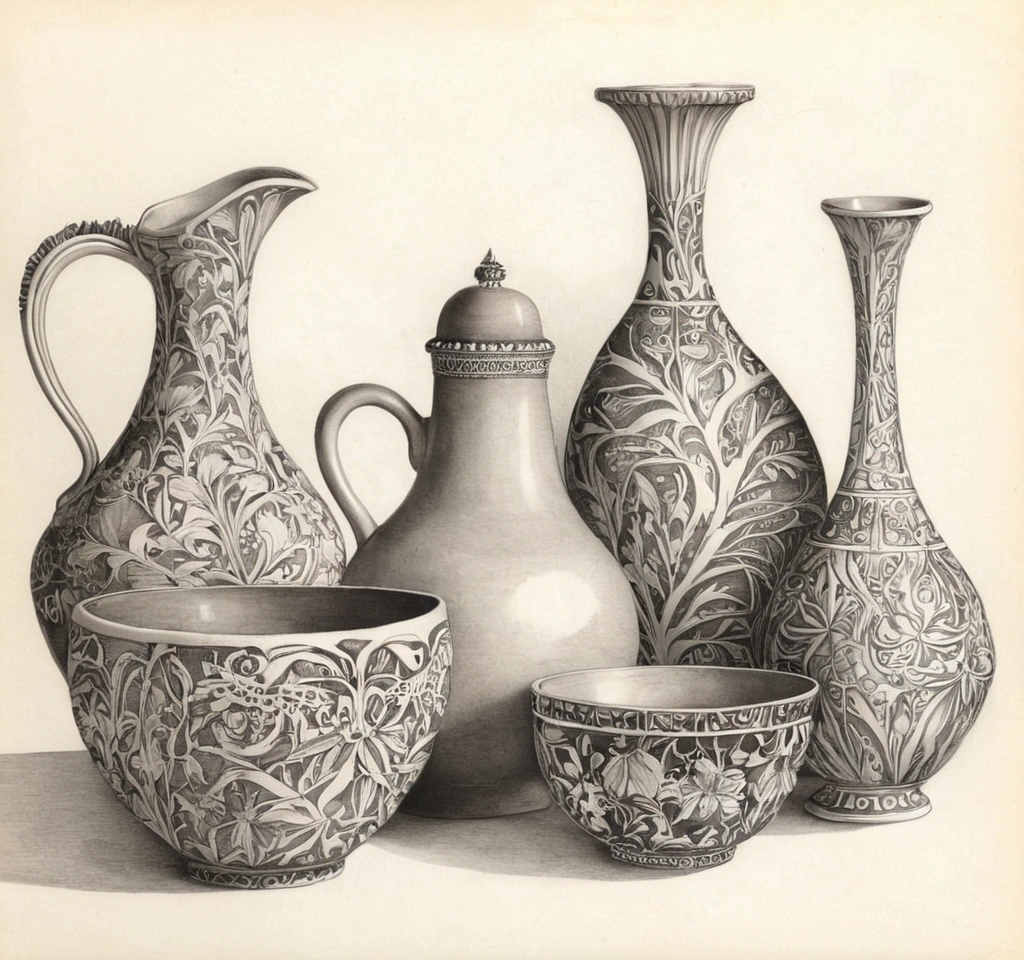
In the realm of Native American ceramics, the creation of vessels, bowls, and figures reigns as the traditional mainstay. Yet, Karita Coffey stands out in her distinctive approach by sculpting ceramic moccasins. As a ceramic artist, with a depth of experience in the ceramic arts, I find this choice both intriguing and profound.
My Analysis
The typical Native American pottery, with its utilitarian roots and spiritual significance, is steeped in a communal narrative. Artists create pieces that are often used in daily life or ceremonial contexts, and the designs frequently embody stories, clan symbols, or historical events. The very act of pot-making is a communal rite, shared and taught through generations.
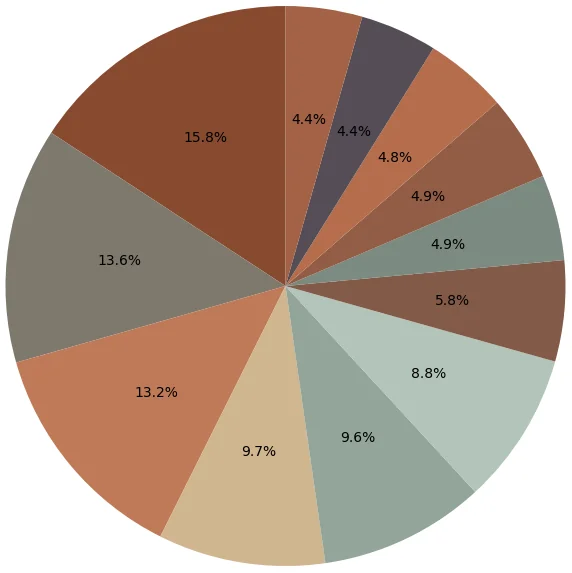
See the chart to the left representing Native American pottery colors. I did an analysis of colors and came up with a frequency for each color. This was not a complete analysis of all pottery but a sample size of 12 typical pieces.
As you can see Terracotta colors are the most dominant; as you would expect with some lighter accent colors mixed in.
Coffey’s work falls into the range of colors; she also adds shades of blue and white color glazes in her work.
Coffey, on the other hand, picks a singular object, the moccasin, and elevates it from a wearable item to a piece of art. There’s an intimacy here; shoes cradle the feet that walk the Earth, connecting us to the land. They are personal yet universal, each pair shaping to the feet that wear them. Coffey’s moccasins, frozen in clay, speak to the individual journey, yet they’re unwearable, and in that, there’s a conversation about form and function, presence and absence.
“While pottery serves as a vessel for both literal and metaphorical content, Coffey’s sculptures ask us to consider the vessel of the self. Where does the journey take us? What paths have we walked? There’s an invitation to introspection that is unique in her work, set against the broader canvas of community and continuity that characterizes much Native American ceramic art.“
Ed Shears
In contrast, while many Native artists use clay to express collective identities, Coffey’s work is a profound commentary on personal identity. By choosing footwear, an object so closely tied to the individual, she could be seen as delving into narratives of personal history and identity. This shift from communal to personal does not stand in opposition to tradition but rather expands it, reflecting the diversity and dynamism of contemporary Native American art.
Her work, while it may initially seem odd to some, in fact, holds a mirror to the diversity of experience within Native American cultures. The comparison with other artists is less about contrast and more about a spectrum of expression, with Coffey’s work enriching the narrative, adding her voice to the rich tapestry that is Native American ceramics. As someone with years in the trenches of this art form, I find her approach a bold statement in a field that can sometimes cling too closely to tradition. It reminds us that art is a living language, ever-evolving, and deeply personal.
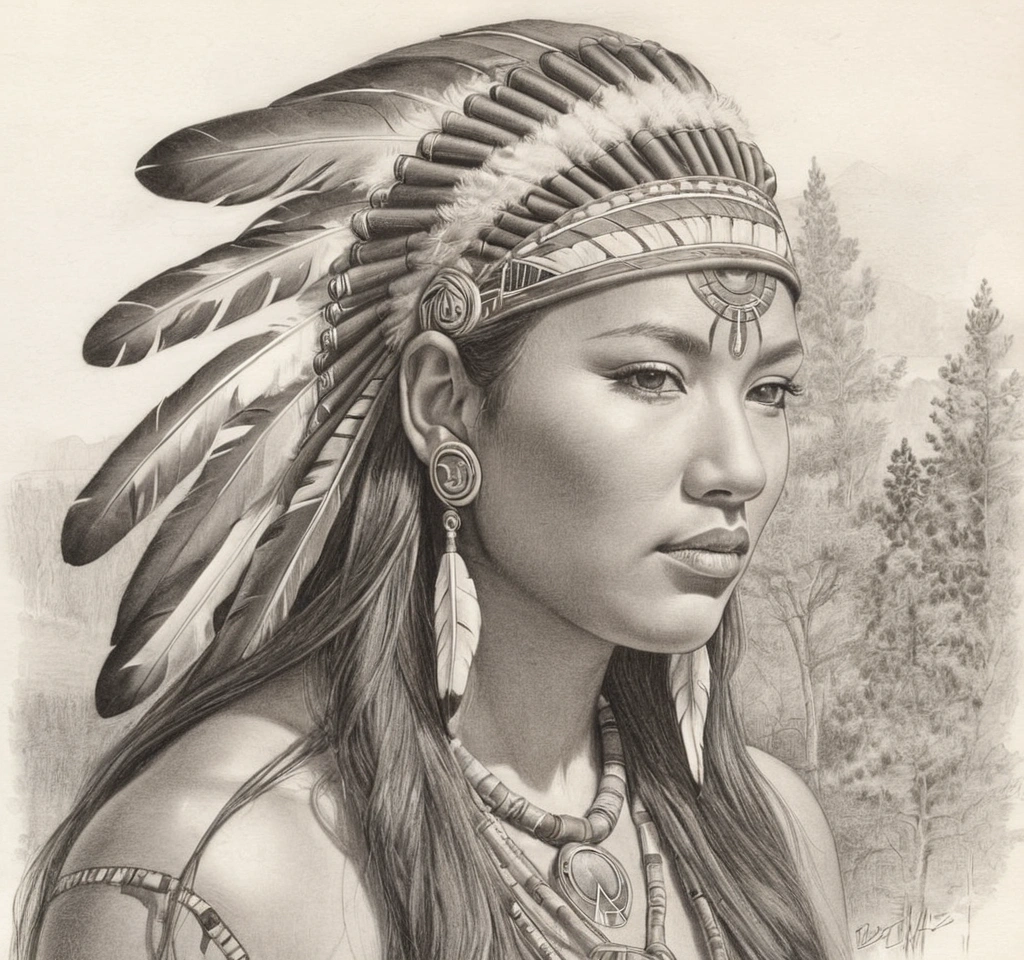
Concept digital artwork by Ed Shears
So if you were a Native American artist and wanted to stand out from the crowd what would you choose to turn in a ceramic work of art?
Drawing from the hypothetical experience of Ed Shears, let’s craft a survey scenario that could capture reactions to Karita Coffey’s ceramic moccasins:
My Case Study: Public Reactions to Karita Coffey’s Ceramic Moccasins
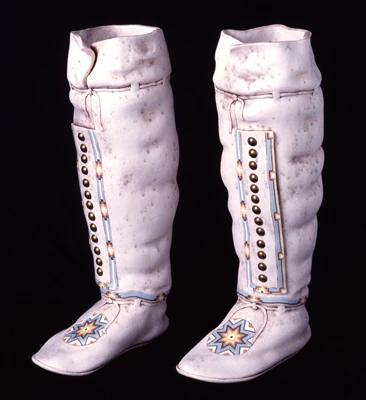
Introduction
As an experienced ceramic artist, I’ve always been fascinated by the public’s interaction with art. At the M’boro Art Crawl and the Greenway Festival, I decided to conduct an informal survey, showcasing images of Karita Coffey’s ceramic moccasins. I was eager to gauge the impressions and thoughts of diverse festival-goers on these unique pieces of art.
Method
Armed with quality images of Coffey’s work and a notepad to jot down responses, I approached attendees at random. My questions were simple, yet open-ended:
- What is your immediate emotional response to this artwork?
- What do you think the artist is trying to communicate?
- How does transforming a traditionally functional item into a piece of ceramic art affect your perception of it?
- In your view, how does this work compare to your idea of traditional Native American ceramics?
Survey Summary

Here’s a snapshot of the varied reactions from a colorful cross-section of art crawlers:
- Surprise and Curiosity – “I’ve never seen shoes made out of clay before. It’s unexpected but really cool.“
- Reflection on Heritage -“It feels like a strong statement about heritage. Like, the artist is preserving something important but in a new way.“
- Aesthetic Appreciation – “They’re beautiful. I love how the patterns and shapes come together. It’s art you can almost feel.“
- Contrast to Tradition – “This is quite different from the pots and bowls I usually see. It’s traditional, yet not. Makes me think about art in a whole new way.“
My Reflection
The feedback confirmed my belief: art is a conversation starter, a bridge between the artist’s intention and the viewer’s interpretation. Coffey’s moccasins, while rooted in tradition, stride boldly into the realm of contemporary art, inviting us all to reflect on the footsteps we leave behind in both the literal and metaphorical paths we tread.
Conclusion
Art continues to be a dynamic force, with artists like Coffey leading the charge in expanding our horizons. As always, I’m left inspired by the public’s engagement, reminded why I pour my soul into clay. Every reaction, every thoughtful pause, reaffirms the transformative power of art. Good luck on your next endeavor!!!
Karita Coffey’s Facts
The Comanche ceramist (Comanche Nation) Karita Coffey (born 1947) is most known for her ceramic replicas (producing ceramic versions) of cultural objects and items from her tribe, which she produces alongside ceramic vessels. She also has experience in lost-wax cast metals.
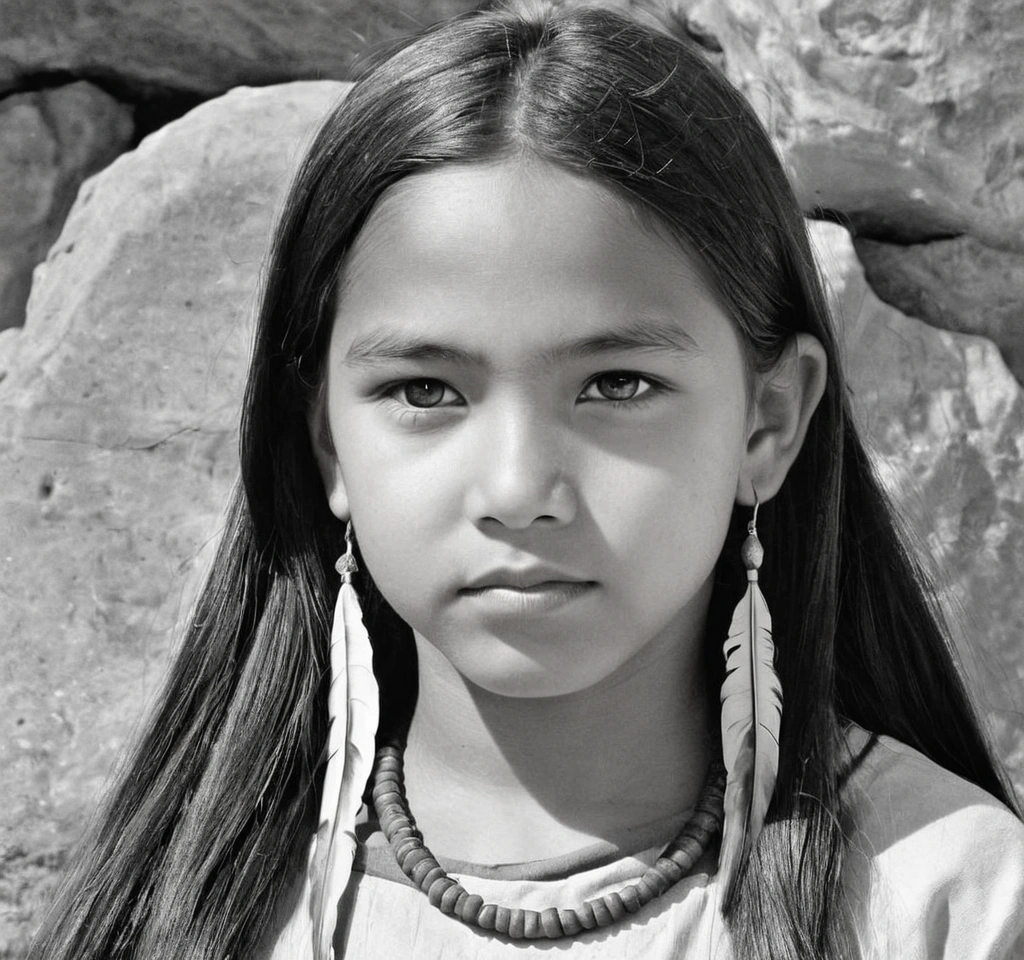
Concept digital artwork by Ed Shears of a young Comanche ceramist Native American artist.
‘Tsat-Tah Mo-oh Kahn’ was Karita Coffey’s Comanche given name, which translates as ‘Good-Handed’ in English. Coffey grew up in Lawton, Oklahoma, and attended the Institute of American Indian Arts when it was still a high school, where she received her creative instruction.
Education: She studied ceramics at the Institute of American Indian Arts in Santa Fe when she was a teenager, and she went on to work there for 25 years as a ceramics instructor.
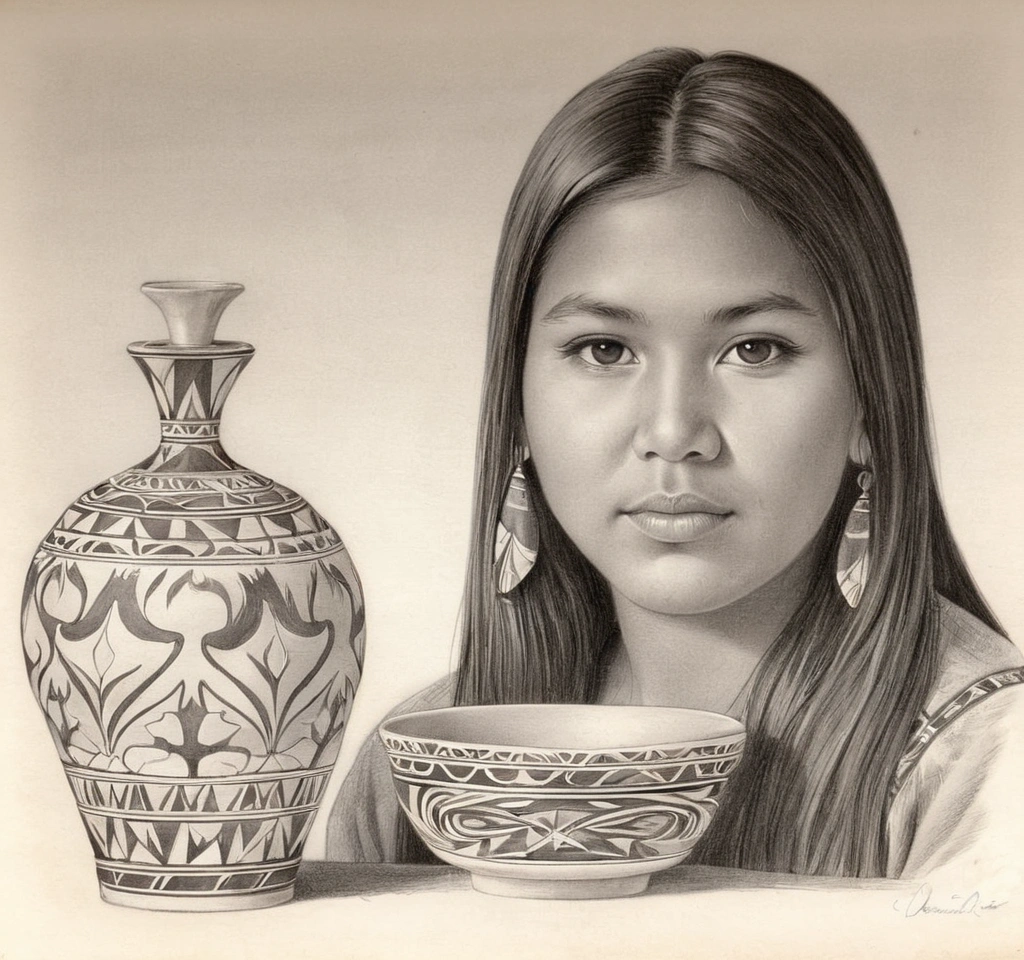
Concept digital artwork by Ed Shears a young Native American ceramic artist.
Karita worked as a teacher at the IAIA for twenty-five years before stepping away to concentrate on her sculpting. In addition to her history, Coffey’s work is influenced by features of African art and the art of the Australian Aborigines, as well as by characteristics of her own culture.
Her work is on display at the National Museum of the American Indian, where it is part of their permanent collection.
There were a number of prominent artists who attended IAIA during this time period, such as T. C. Cannon, Doug Hyde, Linda Lomakhaftewa and Earl Biss, who all went in their own right. In many ways, these pupils were the first generation of painters to successfully break away from the Studio Style.
She received her bachelor’s degree in fine arts and her master’s degree in fine arts from the University of Oklahoma.
Karita Coffey’s Career
Karita went on to teach at IAIA for 25 years before taking a leave of absence in 2015 to focus on her sculpture.
In addition to her history, Coffey’s work is influenced by features of Indian country, African art and the art of the Australian Aborigines, as well as by characteristics of her own culture.
Museums And Exhibitions
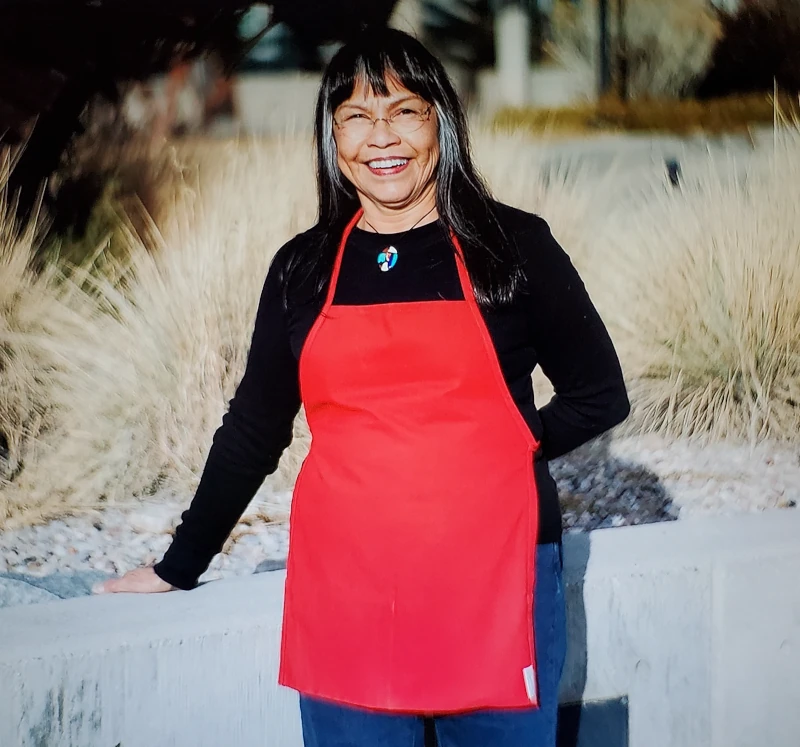
The Gardiner Art Gallery at Oklahoma State University hosted a show of contemporary Native American art in 1983.
In 1985, the American Indian Community House, New York, hosted a traveling exhibition called Women of Sweetgrass, Cedar, and Sage, which was coordinated by Harmony Hammond and Jaune Quick-to-See Smith and traveled around the country.
Anita Fields curated the exhibition Anticipating the Dawn: Contemporary Art by Native American Women, which was held at the Gardiner Art Gallery at Oklahoma State University in 2000.
Four of Coffey’s works and noted especially are included in the collection of the National Museum of the American Indian, United States, which houses four pieces by her. In 1970–71, the artists made the pieces, which were purchased by the Indian Arts and Crafts Board before being transferred to the National Museum of the American Indian in 1985.
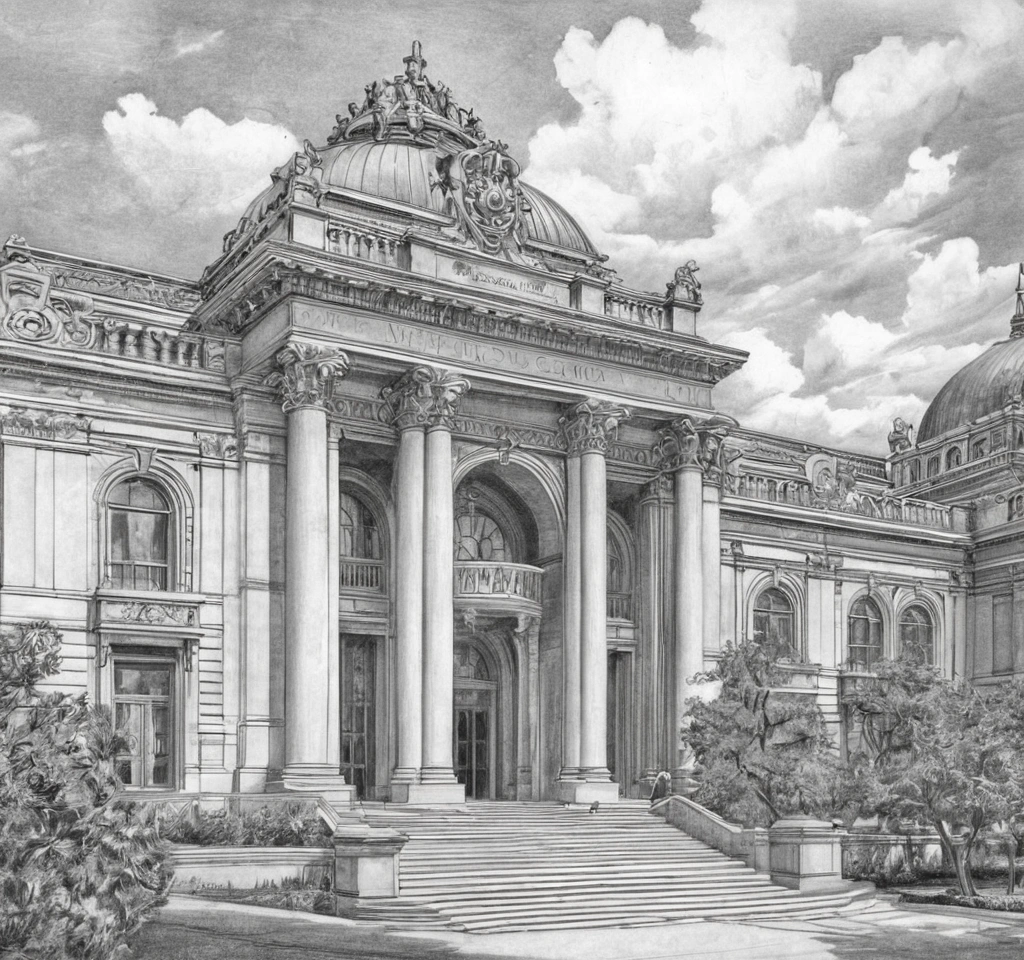
Concept digital artwork by Ed Shears of a Museum of Art for Native Americans.
Her work is also in the collections of the Fred Jones, Jr. Museum of Art, the Millicent Rogers Museum, the Heard Museum, and the International Association of Indian Arts Museum of Contemporary Native Art (IAIA Museum of Contemporary Native Arts).
Comanche Nation – The Comanche, sometimes known as the Nmn, are a Native American tribe from the Great Plains region of what is now the United States. Its historic territory included the vast majority of present-day northwestern Texas, as well as surrounding lands in eastern New Mexico, southeastern Colorado, the southwestern Kansas prairie, western Oklahoma, and northwestern Chihuahua and the Smithsonian Institution.
References:
www.arts.wa.gov/artist-collection/?request=record;id=4435;type=701
Learn more at Wikipedia site: wikimedia.org/wikipedia/commons/e/e6/2014_12_09_iaia_karita_coffey.jpg
https://en.wikipedia.org/wiki/Karita_Coffey
https://gormanmuseum.ucdavis.edu/collection-piece/karita-coffey-clay-mask
https://www.invaluable.com/artist/coffey-karita-gyb9vws27f/
https://albuquerque.emuseum.com/people/17390/karita-coffey
https://www.mutualart.com/Artist/Karita-Coffey/213965D1D4F7CA2C
https://buyaffordableart.com/artists/959-karita-coffey
https://www.mutualart.com/Artist/Karita-Coffey/213965D1D4F7CA2C/Biography

